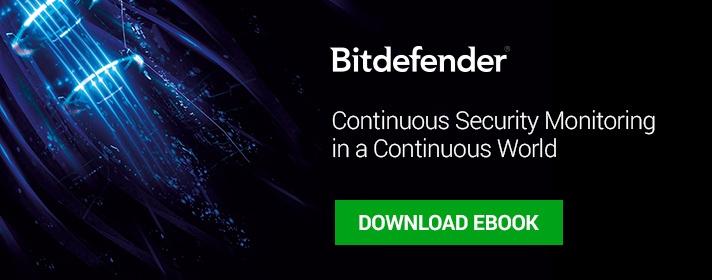German companies are off to a faster start in implementing digital and internet of things solutions despite the common perception that US companies are front-runners in embracing digital transformation, recent survey shows.
Some 47% of German companies have developed their first full new industrial technologies concepts, and only 18% of German respondents say their company is not yet prepared to introduce these technologies. In contrast, only 29% of US companies have developed their first concepts, and 41% say that their company is not yet ready.
German manufacturer appear to have higher ambitions than their US peers with respect to applying, or planning to apply, advanced technologies. For example, approximately 60% of German manufacturers have applied, or plan to apply within the next one or two years, digital factory logistics or predictive maintenance, compared with approximately 40% of US manufacturers.
The fast pace of adoption in Germany is also fueled by advanced industrial-manufacturing capabilities. Companies can apply these capabilities introduce new digital technologies faster, reducing costs, increasing flexibility, and accelerating the speed of manufacturing. For example, German manufacturers lead in robotics adoption, increasing automation and productivity. In 2014, the rate of robotics penetration in Germany was among the highest: 292 industrial robots per 10,000 workers in manufacturing. This exceeded the level achieved in the US (164 per 10,000 workers) by 78%.
The IoT security budget will rise 23.7 percent to $348 million in 2016 and reach $547 million by 2018, according to a Gartner report, cited by HOTforSecurity. Gartner also predicts that, by 2020, over half of all IoT implementations will use some form of cloud-based security service.
According to BI Intelligence, businesses will be the top investor in IoT solutions by 2020.

The average cost of sensors used in IoT products will drop to nearly $0.30 by the end of the decade, boosting the number of internet-connected devices installed to 34 billion, recent report shows.
Moreover, by 2020, 24 billion IoT devices will be installed, and nearly 10 million will be used in the enterprise sector.

Dionisio Zumerle, research director at Gartner, said in a recent interview that CISOs need to protect the integrity of Internet of Things (IoT) devices and employ adaptive trust: "CISOs should place increasing attention on integrity mechanisms and assurance when selecting IoT devices and building IoT systems."
The survey’s participants included executives and operations management personnel of 312 German and 315 US companies with revenues of more than $50 million.
Here is EY’s list of the primary forces driving the adoption of IoT in the enterprise environment:
- New business opportunities
The web of connected devices, people and data will provide business opportunities to many sectors. Organizations will be able to use IoT data to gain a better understanding of their customers’ requirements and can improve processes, such as supply chain/inventory coordination, investments and public safety.
- Potential for business revenue growth
There are multiple untapped opportunities for economic impact by finding creative ways to deploy IoT technology to drive top-line revenue growth and value creation through expense reduction and by improving asset productivity.
- Improved decision-making
Personal computing smart devices are on the rise, leading to wider choice, real-time updates, enhanced facilities, more accurate fact finding, etc. and thus leading to more informed decision-making.
- Cost reductions
The costs of IoT components, such as cloud services, sensors, GPS devices and microchips, have fallen, meaning that the cost of IoT-linked devices is getting more affordable day by day.
- Safety and security
With the help of cameras and sensors, there is the possibility to guard against, or avoid, physical threats, which might occur at the workplace or home. In time, even disaster management or recovery systems will get help from IoT.







